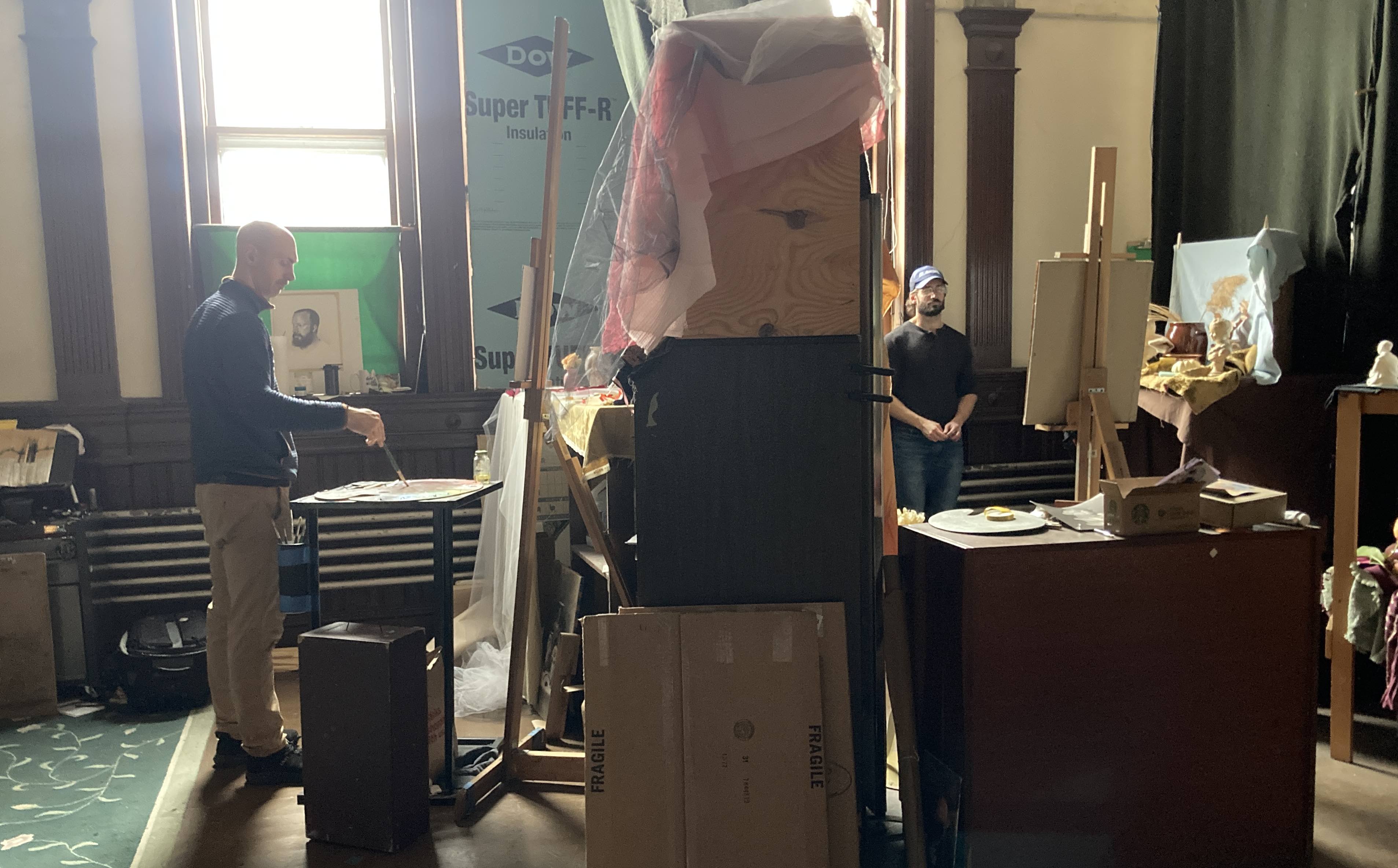

Ingbretson Studio
of Drawing and Painting
~|| Home || Introduction || Gallery || London Summer Intensive 2025 || Paul Ingbretson || Contact || ~GREAT MASTERS PROGRAM
A "Boston School"* Training: Established in 1982 the Ingbretson Studio of Drawing and Painting provides a direct link to the Nineteenth Century Boston School* approach to painting featuring:- Direct Painting
- Academic Draughtsmanship
- Impressionist Color
- Sound Composition
- Painterly Craft
Picture Making is the vehicle for the training with strong emphasis on composition.
Sound Painterly Craft derived in significant part from Seventeenth Century Dutch thinking.
Program Progression is from cast drawing to still life, to figure drawing, portrait painting and figure painting.
Personal Critiques, the basis of the instruction, are weekly and often more frequent with additional part-time assistance by artists who have successfully completed his training.
Seminars are provided in memory drawing, anatomy, perspective, and intensive composition.
Open Every Day for the entire year members having their own keys.
In Depth Understanding typically takes five to seven years for full time artists though an artist's education never ends.
Summer Landscape workshops on direct impressionist 'a plein air' painting provided as weather permits.
Guided tours of significant east coast exhibitions and museums is normative.
The Studio Location is presently an ancient county court house in Woodsville, NH that soon will include an additional space with three large North facing studios.
Visit the Studio any time. Prospective students should call to arrange a visit at their earliest convenience.
*The "Boston School" Connection
The "Boston School" sought to combine the truth of impressionist color with good draughtsmanship, sound composition and skillful paint handling. Its leading exponents included Edmund Tarbell, Frank Benson, William Paxton, Joseph Decamp, Philip Hale and Leslie Thompsom. R.H. Ives Gammell (with whom Ingbretson studied) was a turn-of-the-century Boston Museum School pupil of the first three men and later consulted extensively with Paxton who was himself a product of the French Beaux Arts training.
